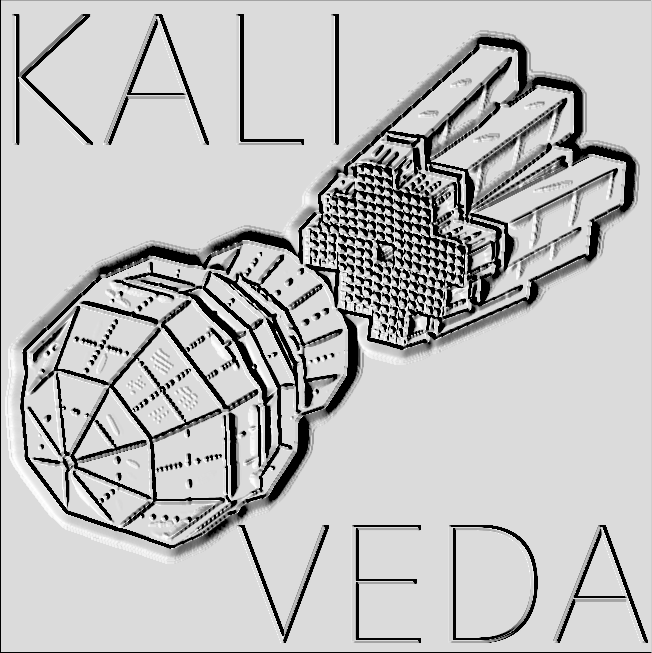8 #include "KVTelescope.h"
#define ClassDef(name, id)
Group in axially-symmetric array (obsolete)
TList * GetDetectorsInLayer(UInt_t lay)
virtual ~KVASGroup()
Destructor.
UInt_t GetLayerNearestTarget() const
KVASGroup()
Default constructor.
UInt_t fLayNumMin
minimum layer number (nearest to target)
void SetDimensions()
Set dimensions of group according to dimensions of all its telescopes.
UInt_t GetNumberOfLayers()
UInt_t fNumberOfLayers
number of different layers in group
TList * GetTelescopesWithAngles(Float_t theta, Float_t phi) const
UInt_t GetLayerFurthestTarget() const
UInt_t fLayNumMax
maximum layer number (furthest from target)
KVNameValueList * DetectParticle(KVNucleus *part)
const KVSeqCollection * GetTelescopes() const
UInt_t GetDetectorLayer(KVDetector *det)
Find the "detector layer" to which this detector belongs.
UInt_t GetNumberOfDetectorLayers()
TList * GetAlignedDetectors(KVDetector *, UChar_t dir=kBackwards)
Bool_t Contains(KVBase *name) const
Returns true if telescope belongs to this group.
void init()
Default initialisation.
TList * GetTelescopesInLayer(UInt_t nlayer)
Base class for KaliVeda framework.
Base class for detector geometry description.
const KVSeqCollection * GetStructures() const
Group of detectors which can be treated independently of all others in array.
Handles lists of named parameters with different types, a list of KVNamedParameter objects.
Description of properties and kinematics of atomic nuclei.
Base class used for handling geometry in a multidetector array.
KaliVeda extensions to ROOT collection classes.

